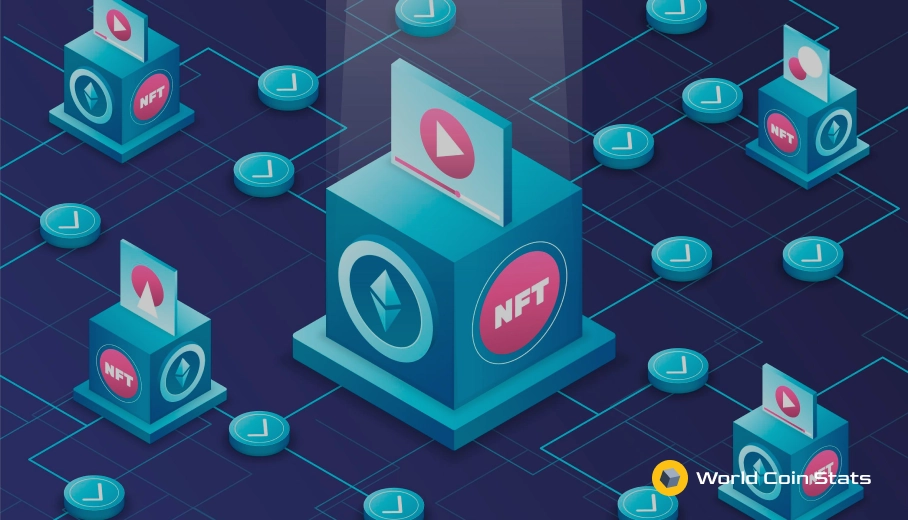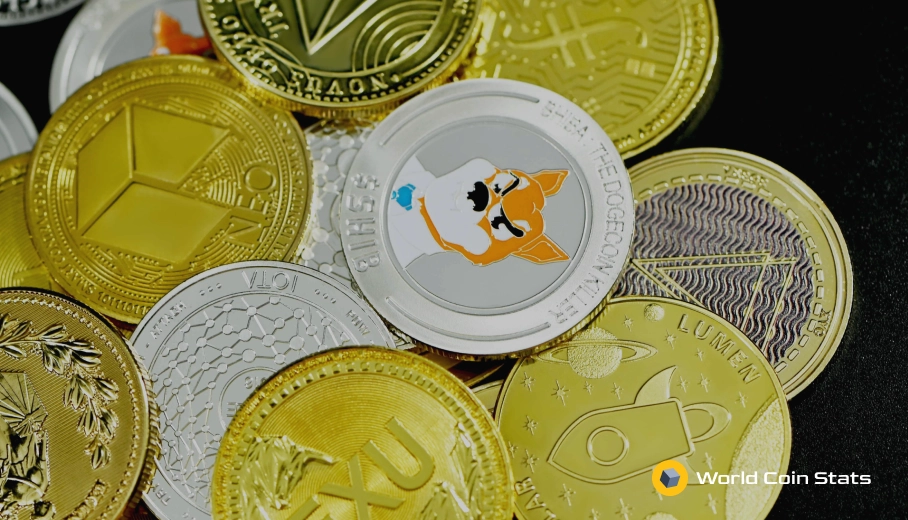Set Protocols (TokenSets)
Set Protocol is a DeFi protocol on Ethereum that allows various Ethereum tokens to be bundled together and then traded on the blockchain as an ERC-20 token. The most interesting part of Set Tokens is that a portfolio strategy can be coded onto the smart contract of the strategy enabled token (SET) to form what is called a “robo set.”
Alternatively, a Set that follows a human trader may also be created.
To put it bluntly, the possibilities are endless when it comes to the crypto funds that can be built with Set protocol. The best part with Set Protocol, in our opinion, is that it’s entirely decentralized. You do not have to worry about some centralized host running off with the funds or a hacker draining all the funds.
Anyway, this article will cover everything you need to know about Set Protocol.
Contents
What Are Set Tokens?
Set tokens are basically a fungible ERC-20 token that has collateral made up of the underlying tokens. For instance, a Set token that represents a 50/50 mix of Ether and Dai will be fully collateralized with Ether and Dai.
Again, the interesting thing with Set tokens is that they have a preset ratio that cannot be changed. If the Set token has a set ratio of 50/50 Ether to Dai, then it must always remain at 50/50 Ether to Dai.
This is done with something called balancing. Balancing is exactly what it sounds like – Sets undergo this at certain times to ensure that the ratio is always met.
The Benefits of Set Tokens?
Set tokens have a few different benefits to them compared to the alternative. This section will detail some of the benefits of Set tokens.
- Lower gas. The biggest benefit of Sets is that they have far lower gas fees than compiling the same portfolio on your own. The Set token is also redeemable, so it serves as a good wrapper for the underlying asset.
- Less counterparty risk. A Set has less counterparty risk because there is no third party controlling the underlying assets. However, some counterparty risk still exists in the form of smart contract exploits.
- Premium value. Sets actually trade at a premium because the cost of minting a Set costs quite a bit of money in the form of gas fees.
Those are three benefits of Set tokens over holding a portfolio of ERC-20 tokens and Ether. The next section will detail some of the use cases of Set tokens.
Set Tokens Use Cases
Index Token
The primary use for Set token, in our opinion, is using it to form a sort of index ERC-20 fund. Remember, Set tokens are automatically rebalanced, which makes creating an index composed of ERC-20 tokens pretty simple.
Again, it’s cheaper to do it with a Set. Additionally, a Set sort of functions like an ETF. Users can purchase a Set (ie. an ETF share) rather than purchasing the underlying components.
In a way, Set Protocol is essentially a protocol that allows anyone to create their own index fund by minting their own Set tokens.
Hedge Positions
Another major use case for Set Tokens is hedging a short and long position. This is done by holding a long position and then holding a short position via a dYdX token.
The benefit of this should be apparent – professional traders are more interested in hedging their positions than simply dumping all their capital in either a short or long position.
How to Use Set Protocol (TokenSets)
So, using Set Protocol is really not that difficult. You also have two options when it comes to using Set Protocol. You can either be a fund manager or simply invest your Ethereum into a fund (Set).
The funds come in two different types. The first type is something called a robo set, which is basically a Set that has some form of automated trading to it. This is usually passive and often involves purchasing an asset at a lower price and selling it when the price rises by a certain percentage.
The other types of funds available on Set Protocol are standard ones that are controlled by human traders. These are not nearly as popular as the robo Sets because, well, robo sets perform better than the ones controlled by humans.
What Are The Risks of Set Protocol (TokenSets)?
Set Protocol does not have too many risks, but it does have some. Here are some of the most obvious risks you run into with a protocol like this:
- Smart contract failure. The biggest risk with Set Protocol is some form of smart contract exploit causing the funds from your token to be drained. Fortunately, this type of exploit appears rare as Set Protocol has had two security audits by firms. The total value locked on the platform is also high enough that someone would have probably hacked it by now.
- Bad trading strategy. The more common problem you will run into with any type of trading strategy, especially a cryptocurrency trading strategy, is that there is a solid chance it will not even work. This is especially common in cryptocurrency where the right move is often just holding a cryptocurrency for as long as possible rather than trading it.
Those are the two main risks with using Set Protocol. The good news is that a native token does not exist for the protocol, which eliminates a lot of the risk because rugging is not possible.
Set Protocol Total Value Locked (TVL)
According to DeFi Pulse, Set Protocol has a TVL of ~$280 million USD (3.5k ETH). This really is not that much TVL for DeFi. However, it is enough for the project to be deemed a success by any metric.
If people thought it was bad, then the TVL would be far lower than $280 million USD. It’s also important to note that Set Protocol does not have a native token, so the TVL is strictly based on users depositing funds to receive Set tokens, which is a good sign.
Is Set Protocol a Good Investment?
Whether or not Set Protocol really comes down to how you view Ethereum and the greater cryptocurrency market. If you think trading is a profitable strategy, then Set Protocol is certainly a way forward as it decentralizes something that is typically centralized (hedge funds, ETFs, investment funds, etc.).
On the other hand, if you are a buy and hold type of cryptocurrency investor, then something like Set Protocol is just not for you. Sure, Set Protocol automates most of the work, but there is still trading. That means there is potential for loss due to a poorly optimized trading strategy.
Final Thoughts
That covers it for Set Protocol. This is an interesting project that, like a lot of DeFi protocols, might be a tad bit ahead of its time. But it will likely pick up in popularity when the gas fees on the Ethereum mainnet drop after the release of Ethereum 2.0.




